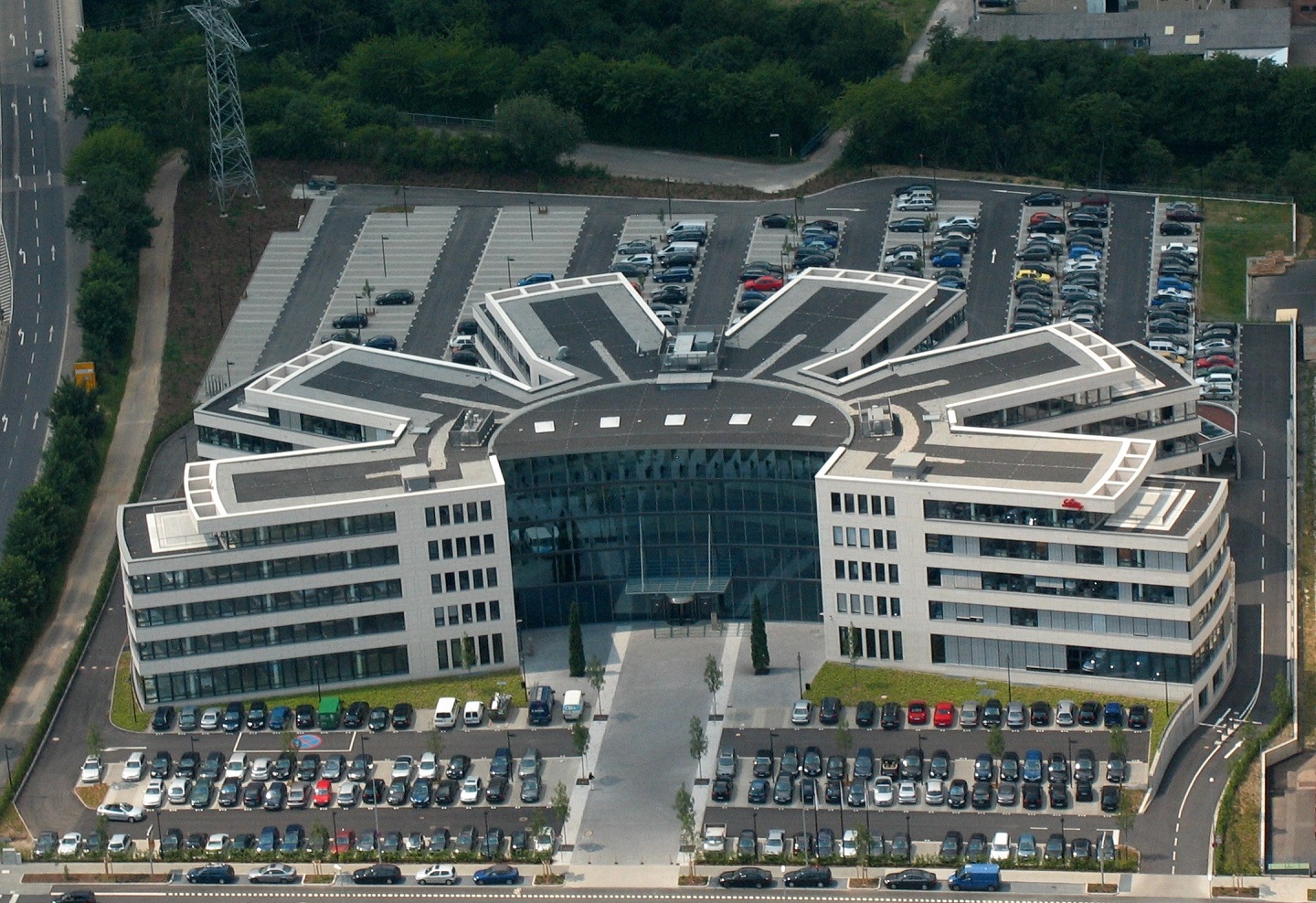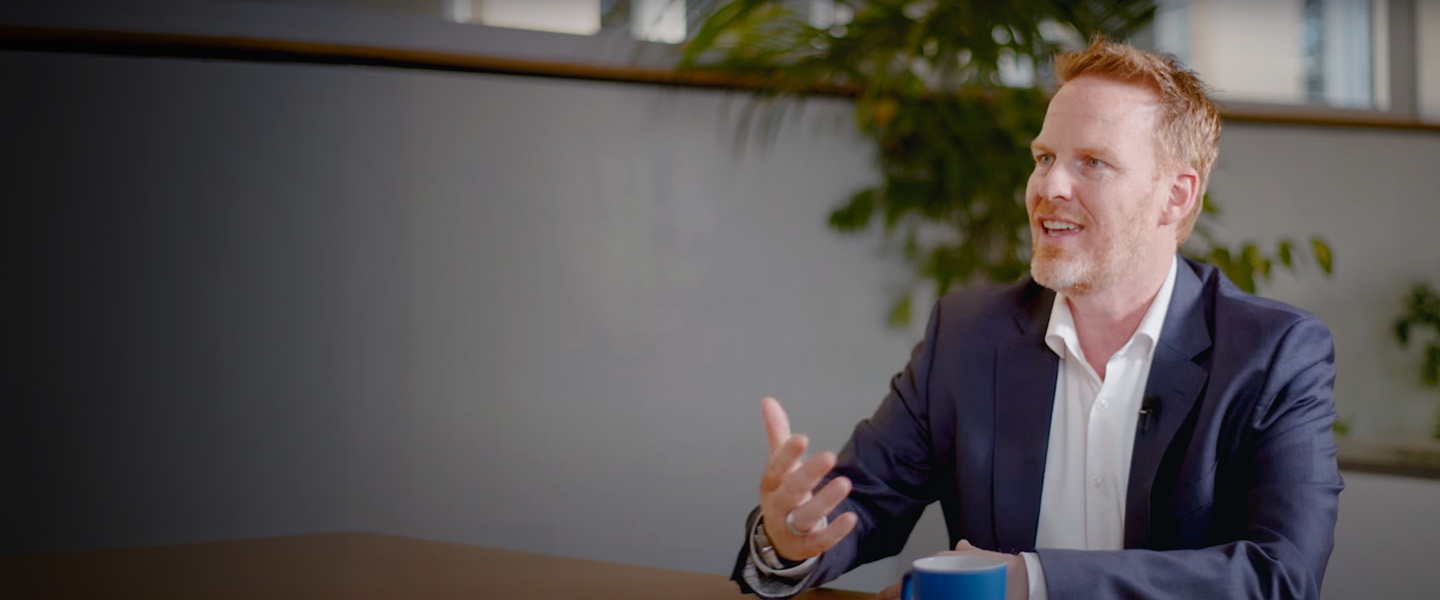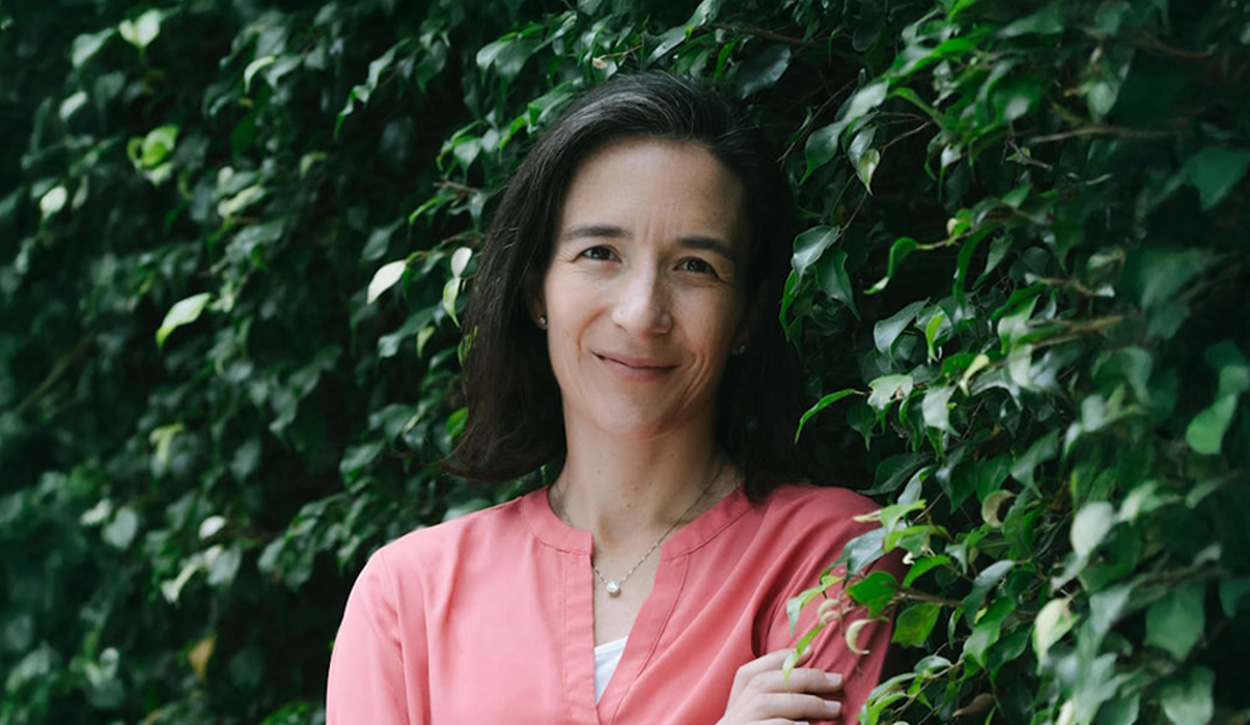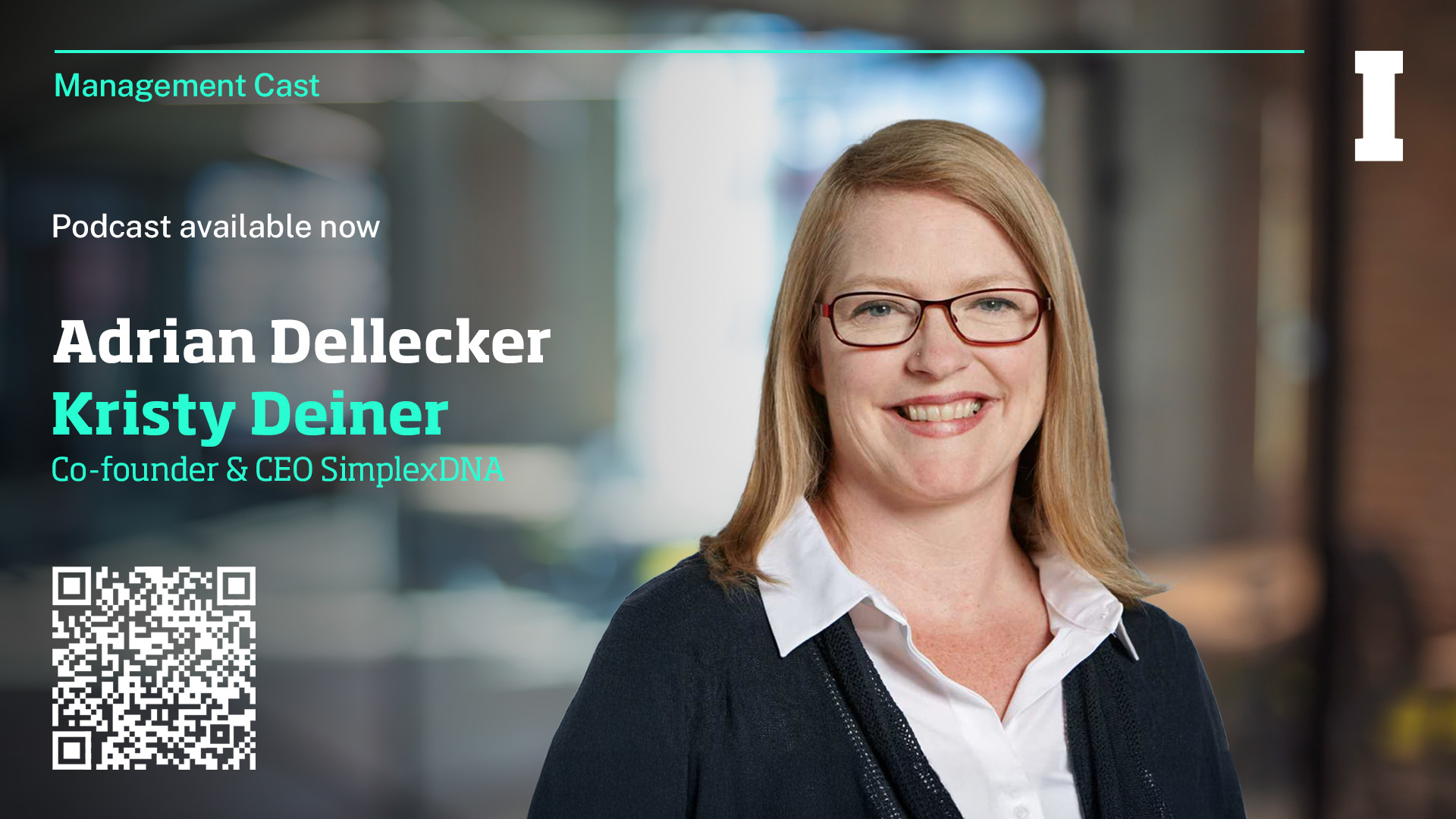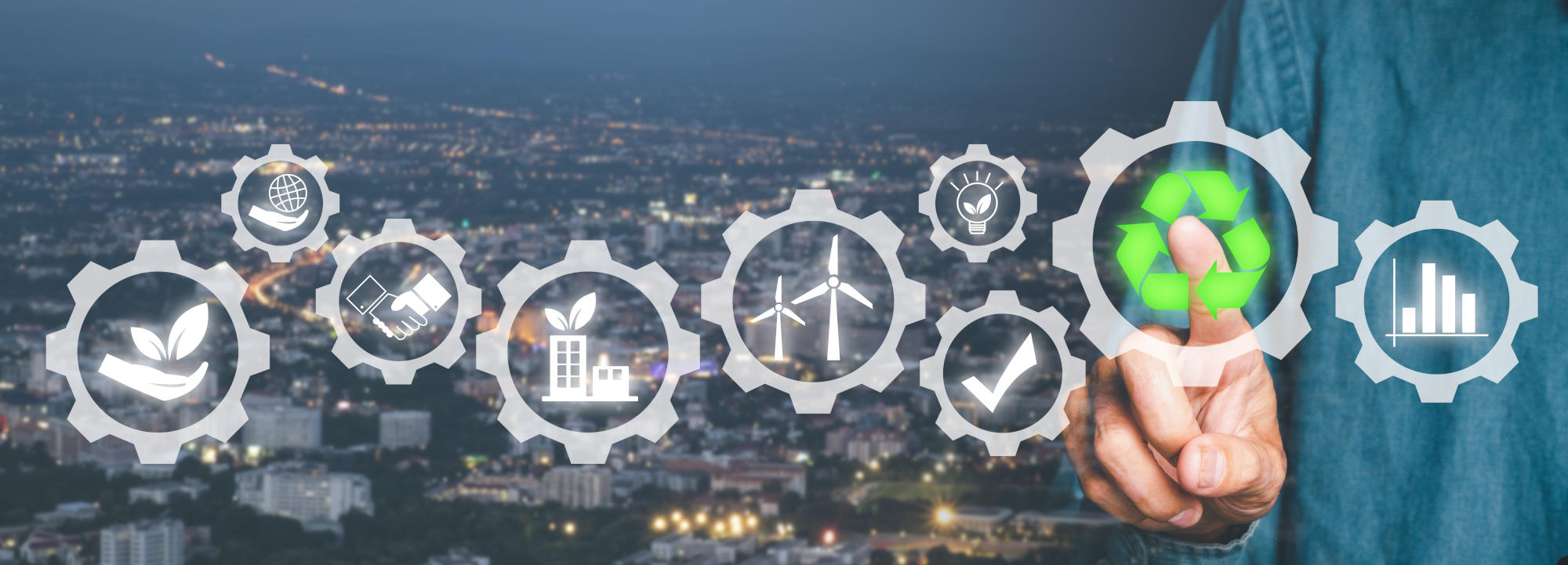At a glance
- Eli Lilly & Company Austria, Switzerland, Germany embarked on a transformation journey to become a more humane organization “on an equal footing” – or, as it is known in German, Augenhoehe
- Employees were energized to create an Augenhoehe culture through inspiring visits to other innovative companies, empowered self-organized teams and holistic inclusion throughout the transformation process
- Eli Lilly’s transformation offers insights into building competitive advantage by focusing on people, empowering employees and encouraging self-responsibility
- Eli Lilly’s story and the Augenhoehe movement can inspire any company, whether start-up or global group, to adopt an “equal footing” culture
Eli Lilly and Company is a global pharmaceutical company headquartered in Indianapolis, USA, with products marketed in 120 countries. Eli Lilly Austria, Switzerland, Germany is the company’s third biggest organization, after the US and Japan. When the new general manager Simone Thomsen was appointed in 2014, the German hub, a highly hierarchical organization with a strong focus on structure and numbers, had a mixed reputation: it was seen as a great organization with hard-working people and huge potential, yet its performance lagged behind. It had the worse profitability ratio in Europe and had been unsuccessful at launching new products in recent years.
The new general manager’s objective was to get the company back on track and show it could grow and be profitable. Yet, simply doing the same things a bit better would not be sufficient and a radical transformation was required to achieve these objectives. With the help of Stefan Bauer, a global consultant within Lilly for global leadership development with solid experience in transformation, Thomsen guided the German hub on a transformation journey that would turn it into a humane organization, empowering its employees and enabling them to work and interact “on an equal footing.”
The broader issue
The German word Augenhoehe translates as “eye-to-eye,” “on an equal footing,” or “to respect the other as equal.” It is a label adopted by a community of people in Central Europe leading what they hope will become a societal transformation in reaction to crises they see in both organizations and society: higher incidence of diseases such as cancer, diabetes, mental illnesses like depression and burn out, and the environmental emergency. Their movement aspires to create a healthier, higher quality, more sustainable way of life.
An increasing number of companies are joining the movement, participating in conferences where transformational insiders – organizational architects – come together to exchange and learn from each other. Together, they are leading a paradigm shift away from traditional hierarchical structures to create more intelligent forms of collaboration and organization, drawing upon ideas about new work, agility, shared economy, common goods, balance and sustainability. In the coming decade, more organizations are expected to transform to become more agile, empowering, responsible, community-connected, just and sustainable.
Creating a vision
At the end of her first year as general manager of Eli Lilly and Company, Austria, Switzerland, Germany, Simone Thomsen and Stefan Bauer started to work with the Lead Team on a new vision for the future. They decided to use the Austria, Switzerland, Germany Leadership Team (ASGLT) meeting – a biannual two-day off-site attended by the 12 ASGLT members – to kick start the transformation. Instead of the traditional event, Bauer designed an energizing leadership intervention in the form of an interactive workshop combining training on transformational leadership, meditation and visioning exercises. Despite some skepticism regarding the unconventional approach to the workshop – the team members were not accustomed to approaching business meetings with meditation, music and introspection exercises – the Lead Team played along.
To bring an outside-in perspective, a visit to a member of the Augenhoehe movement was arranged. The team visited the company with the best net promoter score in Germany at that time – the retail chain dm-drogerie markt. The experience was a success and the Lead Team were inspired by the exchange they had with dm’s leadership team and employees.
The second day of the workshop was dedicated to drawing conclusions, focusing on fundamental questions such as the company’s key strengths and weaknesses, future areas of focus, and an assessment of the environment and its development. The outcome was a draft for the 2020 vision: “We want to become the most humane and the most customer-centric pharmaceutical company in Austria, Switzerland and Germany by 2020.
Thomsen firmly believed in customer-centricity and was convinced customer satisfaction mostly depended on employee satisfaction. If employees are treated well and are involved in decisions, they will be motivated, involved and energized, which will ultimately lead to better customer service and drive performance. Based on this insight, the organization’s transformation initially focused on its employees.
Co-creating the future
The vision drafted by the ASGLT had to be lived by the broader organization. The Leadership Conference, attended by 120 leaders of the hub, was the perfect venue to involve the company’s leaders and make them passionate about the new vision. With the objective of maximizing the impact and giving a clear signal that the organization was serious about transforming, the organization of the Leadership Conference – traditionally a Lead Team responsibility – was delegated to the Leadership Challenge Team (LCT). The LCT was a group of employees from different levels in the organization who were known for their courage, creativity and out-of-the-box thinking. Their mandate was to give Thomsen and her top team honest and candid feedback. Instead of the traditional – and somewhat boring – two-day PowerPoint presentation marathon, the LCT organized the Leadership Conference in the form of a transformative workshop. The only formal presentation during the two days was to share the vision. The rest of the conference was designed as a series of interactive workshops. Each participant was involved in fine-tuning the vision and would be responsible for living it on a day-to-day basis. This was the new way of approaching the business – at eye-to-eye level. The conference was unlike anything the organization had seen; it was a great success and launched the idea of building an Augenhoehe culture in Lilly Germany.
As a next step, the new Augenhoehe way was rolled out to the whole company in several steps:
- Augenhoehe movie: Movie sessions were set up targeting all employees in the affiliate. The 45-minute movie showed how different companies were applying the Augenhoehe The viewers’ reaction to the movies was overwhelmingly positive. It created a positive energy that was highly inspiring and motivated people to collaborate toward a common goal
- Co-creation of the future: Employees in the German hub were asked for their opinion and ideas regarding the strategy, ensuring they felt empowered and included in the creation of the new culture
- Self-organized teams: Employees were given the opportunity to choose an idea or a topic linked to the vision, something they felt passionate about, and organize a team to address it.

The outcome: Augenhoehe
Thomsen’s objective was for every employee in the organization to have greater awareness, capability and accountability. Removing the barriers that prevent people from taking decisions would increase their level of energy and commitment and lead to higher efficiency. The result was an organization that was empowered, transparent and flexible. Teams were able to come up with better solutions because everybody felt comfortable to speak up and challenge each other. People said they felt liberated. Colleagues in other parts of Lilly noticed the positive attitudes of their German colleagues and the passion and motivation they showed.
However, such a deep-rooted transformation is not easy. It is complex and for many it represents an inner transformation and frequently requires stepping out of one’s comfort zone. The new culture challenged many long-standing assumptions about the role of hierarchy and management in the organization and made some people uncomfortable. Not every employee in the affiliate felt comfortable with the new approach, but the Lead Team decided not to make it compulsory, which would have been against the spirit of Augenhoehe. Instead, leaders had to adapt their leadership style to their direct reports and delegate as much responsibility and accountability as their employees were ready to take on. The change of culture was the most fundamental aspect of the journey. If the leaders could change themselves, they would be able to help their people change and create that culture change.
Did it work?
By 2017 it was clear that the transformation had been a success. Business results were outstanding in 2015 and 2016, and the hub delivered several world-class launches in 2017. Thomsen and her team achieved the topline financial goal for 2020 by 2018 – much earlier than planned. In 2014, Lilly Germany had been seen as the hub that could never deliver; by 2017 it was highly regarded across the company as an organization with world-class launches and several success stories.
The transformation was embedded from the start into a corporate initiative, the service value chain, thus ensuring that the German hub’s approach was in line with corporate strategy – even if the service value chain was redefined in a transformational way. Furthermore, the German cultural transformation took place within the given global organizational structures, and therefore never conflicted with the global organization. No layers of organizational hierarchy were removed, rather hierarchical thinking was reduced in the organization.
Takeaways
Eli Lilly Austria, Switzerland, Germany transformed from a traditional hierarchical company into a humane, participative, agile organization in which employees are empowered and work “eye to eye.” Some insights from Eli Lilly’s journey include:
- Strong leadership: Passion and strong transformational leadership are needed to embark on a potentially disruptive transformation journey. But once a couple of change agents have been convinced, passion becomes contagious and the transformation is unstoppable
- Search and reapply: Be inspired by what other companies in the Augenhoehe community are doing.
- Challenge: Keep challenging yourself, always ensuring that your actions and decisions are in line with the Augenhoehe spirit
- Culture change within the structure: A cultural transformation does not require a structural transformation and can take place within given structures. Regional organizations or single business units can also embark on an Augenhoehe transformation.
This article is based on IMD cases: IMD-7-2079, IMD-7-2080 and IMD-7-2081, 2019, available from the Case Centre.
